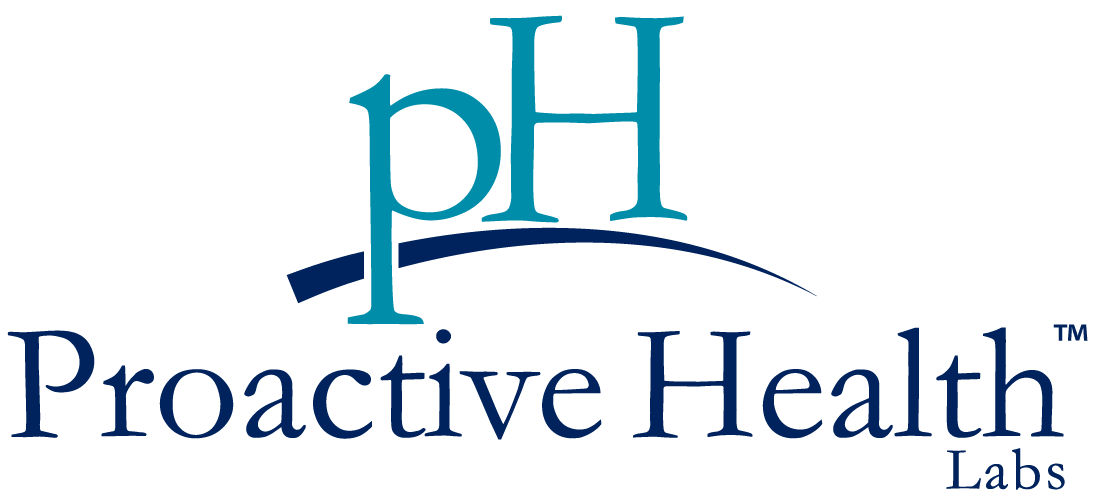At Risk for Heart Disease? Get Moving!

By Joy Stephenson-Laws, J.D., Founder
If you are at a higher risk of having a heart attack or stroke, exercise may be the last thing on your mind. We’ve all seen that movie scene where someone keels over and dies from a heart attack while running on a treadmill or exercising.
I’m not saying that this is not possible or that there are no risks associated with working out.
Sheryl Sandberg, Chief Operating Officer at Facebook and famous business executive, suddenly lost her husband back in 2015 after he slipped and fell off a treadmill in a hotel gym in Mexico. Reportedly, he suffered severe head trauma and blood loss.
This is such a tragic incident and, of course, there are risks with anything we do (from driving a car to walking down the street), but exercise and movement are so important if you are considered high risk for having a cardiovascular event.
“Elevated blood pressure, high cholesterol and diabetes increase the risk of heart disease. But a large study today reveals that in people with these conditions, increasing activity levels is associated with a reduced likelihood of heart events and mortality,” according to this report discussing the study.
The study included 88,320 people. After undergoing extensive medical evaluations and questionnaires, participants were divided into five groups based on their activity levels at baseline and then four years later. The five groups included:
-
Large reduction
-
Moderate reduction
-
No change
-
Moderate improvement
-
Large improvement

Researchers checked in with the participants after a median of seven years after the first check in for cardiovascular disease or death.
“A total of 18,502 (21%) individuals had high blood pressure, high cholesterol, and/or diabetes at the start of the study. The average age of this group was 55 years,” according to the report.
“After adjusting for age, sex, and baseline physical activity, the researchers found that those with a moderate to large improvement in physical activity were around 30% less likely to develop cardiovascular disease or die during follow-up compared to those who did not change their activity level.”
This is a big deal. Exercise can literally be life saving, even if it’s just taking a daily walk or taking the stairs instead of the elevator.
What’s even more striking about this study, in my opinion, is that 79 percent of the participants did not have hypertension, high cholesterol or diabetes at the beginning of the study, but the researchers found that of these participants who had large reductions of their physical activity levels 40 percent had a higher risk of cardiovascular disease or death. It just goes to show you that we all must make physical activity a routine component of our proactive healthcare plan.
"Our study suggests that to prevent heart attacks and strokes and boost longevity, healthy individuals should maintain their physical activity levels, while those with risk factors need to become more active. The associations we found were even more pronounced in people who were relatively sedentary at the start of the study, indicating that inactive people have the most to gain," said one of the doctors on the study.
Check in with your doctor, especially if you are high risk.It is always advised to speak with a competent healthcare practitioner about what exercises will be most appropriate and effective for you, especially if you are overweight or perhaps someone who has survived a heart attack or stroke. Believe it or not, sex (a form of physical activity) may be just the thing a heart attack survivor needs!
One of the best things about working out is that you can make it fun (do what you enjoy whether that involves going for a hike with your kids or playing golf with your partner). It is also encouraging to know that you can break your workouts up into five minute increments if you are limited on time. Aim to get about 150 minutes of exercise per week, but, again, speak with your doctor about what is personally best for you.
Fuel right.
In order to perform at our best during a workout and improve in future workouts, it is ialways good to fuel our bodies properly both before and after a workout. You can read about how to do this here. Undergoing routine nutrient tests is also imperative, because most of us do have nutritional imbalances and deficiencies. If the test reveals an imbalance, a competent healthcare professional can work with you on making the necessary dietary changes and recommend quality supplements if necessary.
Other ways to be proactive.
Diabetes, hypertension (high blood pressure) and obesity run rampant in the United States, and all these conditions greatly increase the risk of having heart disease (the number one killer of both American men and women).
In addition to regular exercise, it is important to avoid processed foods as much as possible, maintain a nutrient-rich diet with a wide variety of fruits and vegetables, moderate alcohol consumption, avoid smoking, manage stress, get plenty of good quality sleep and watch salt intake.
And remember that you can make a difference, literally one step at a time!
Enjoy your healthy life!
Disclaimer: This article is not intended to provide medical advice. Please consult with your doctor or another competent healthcare practitioner to get specific medical advice for your situation.
The pH professional health care team includes recognized experts from a variety of health care and related disciplines, including physicians, attorneys, nutritionists, nurses and certified fitness instructors. This team also includes the members of the pH Medical Advisory Board, which constantly monitors all pH programs, products and services. To learn more about the pH Medical Advisory Board, click here.







